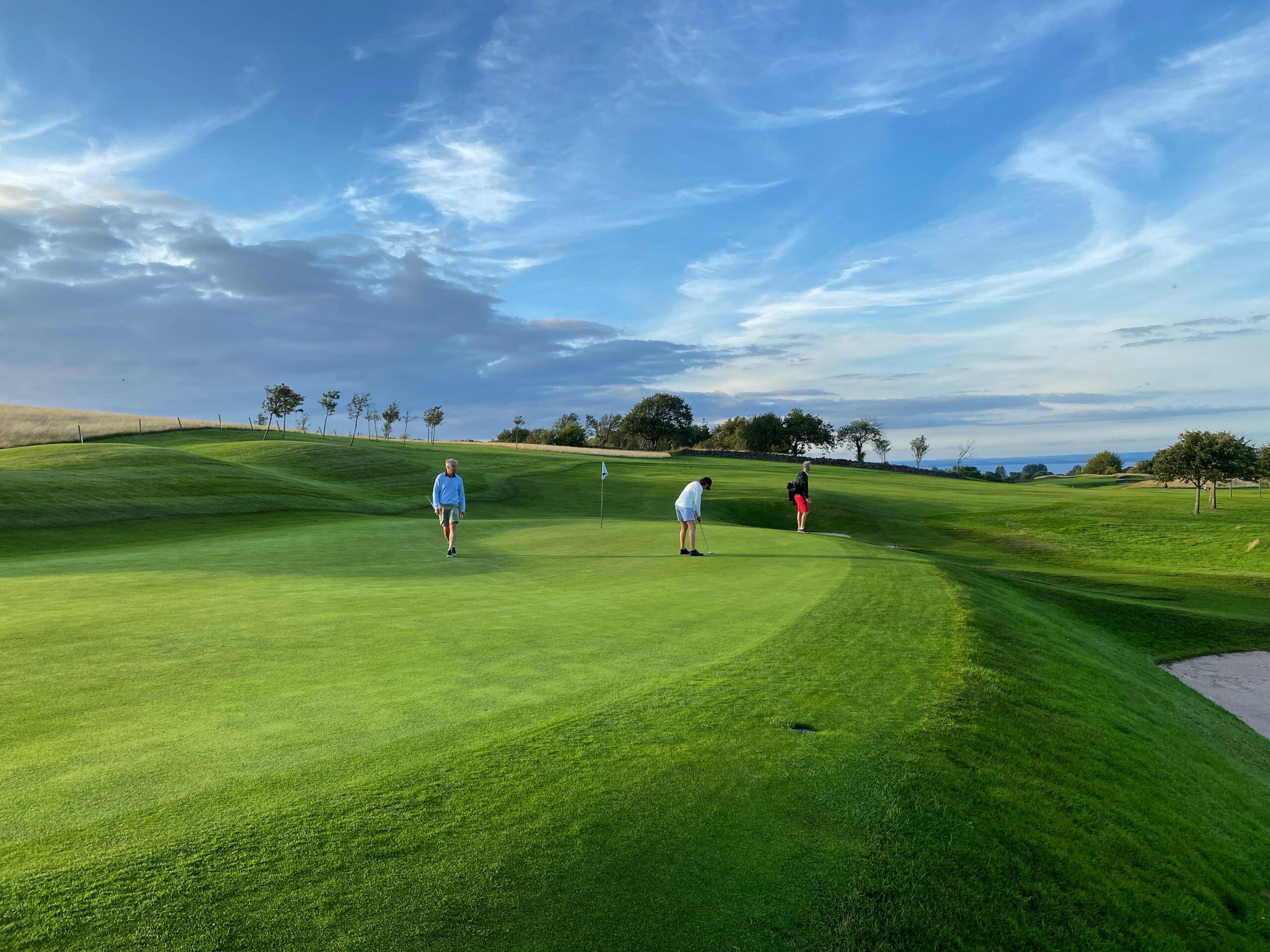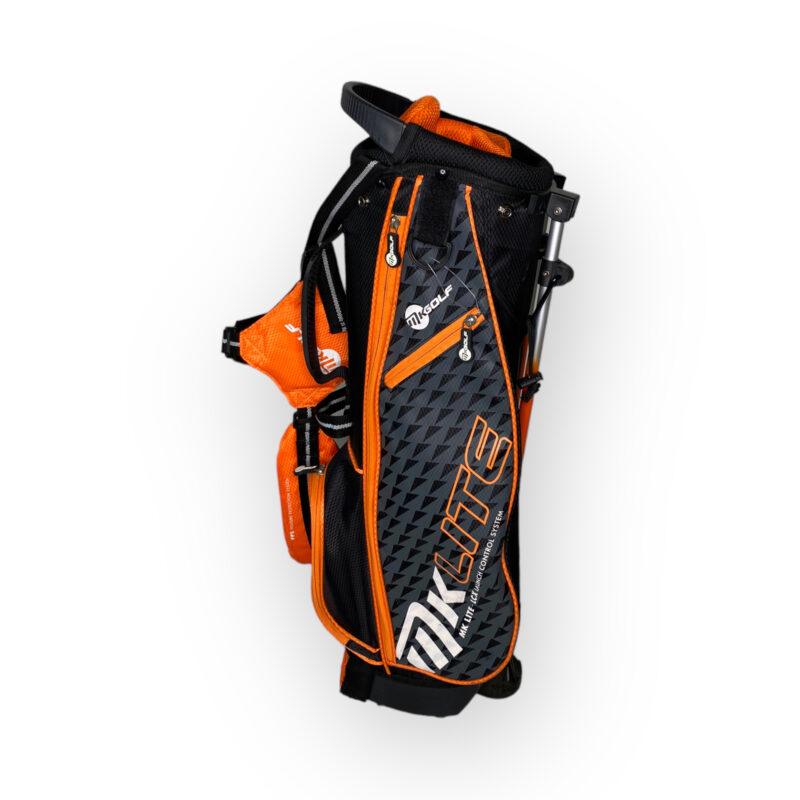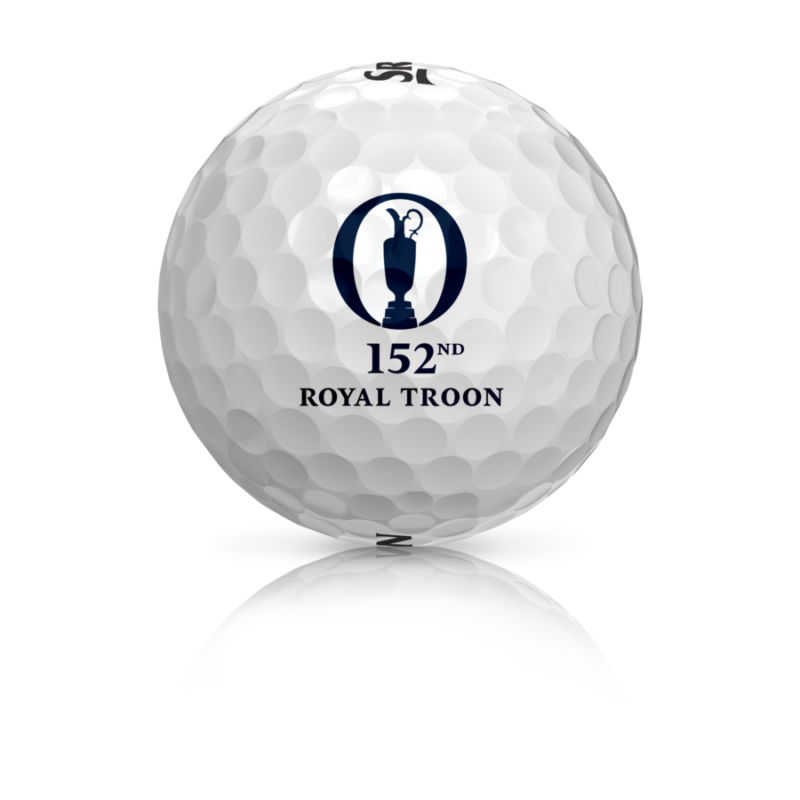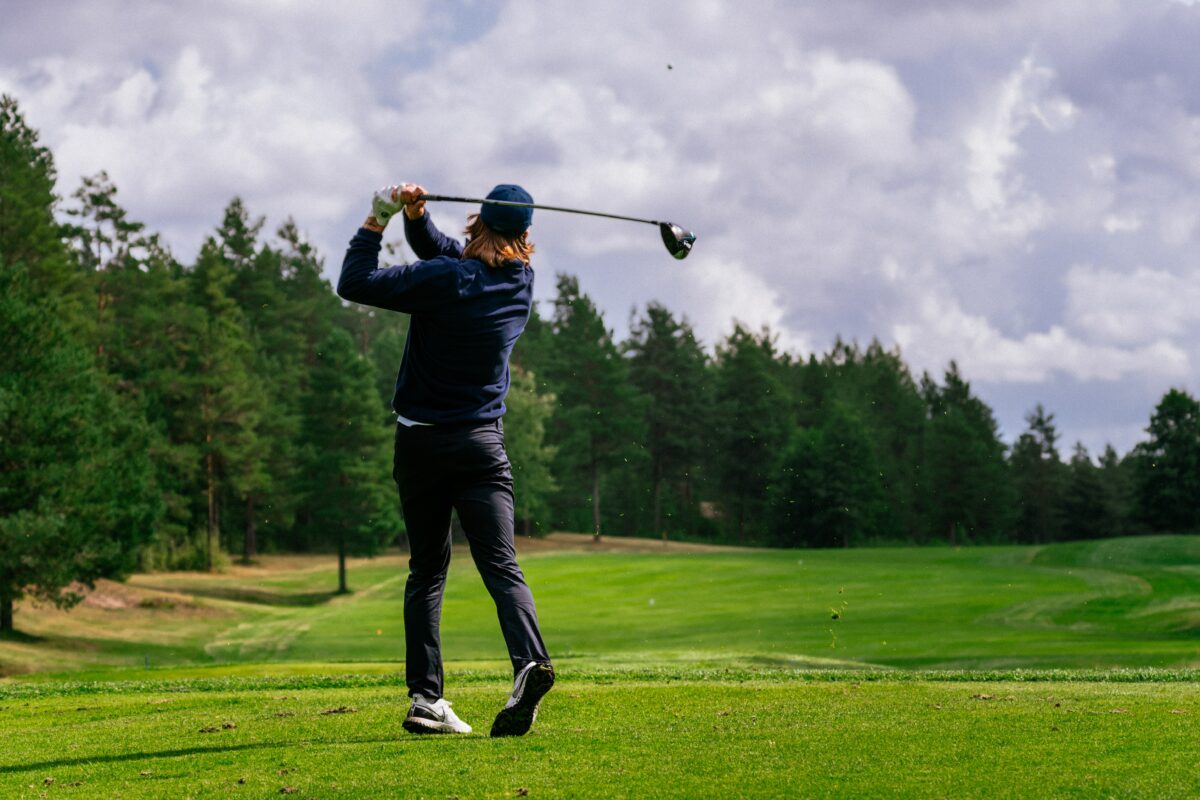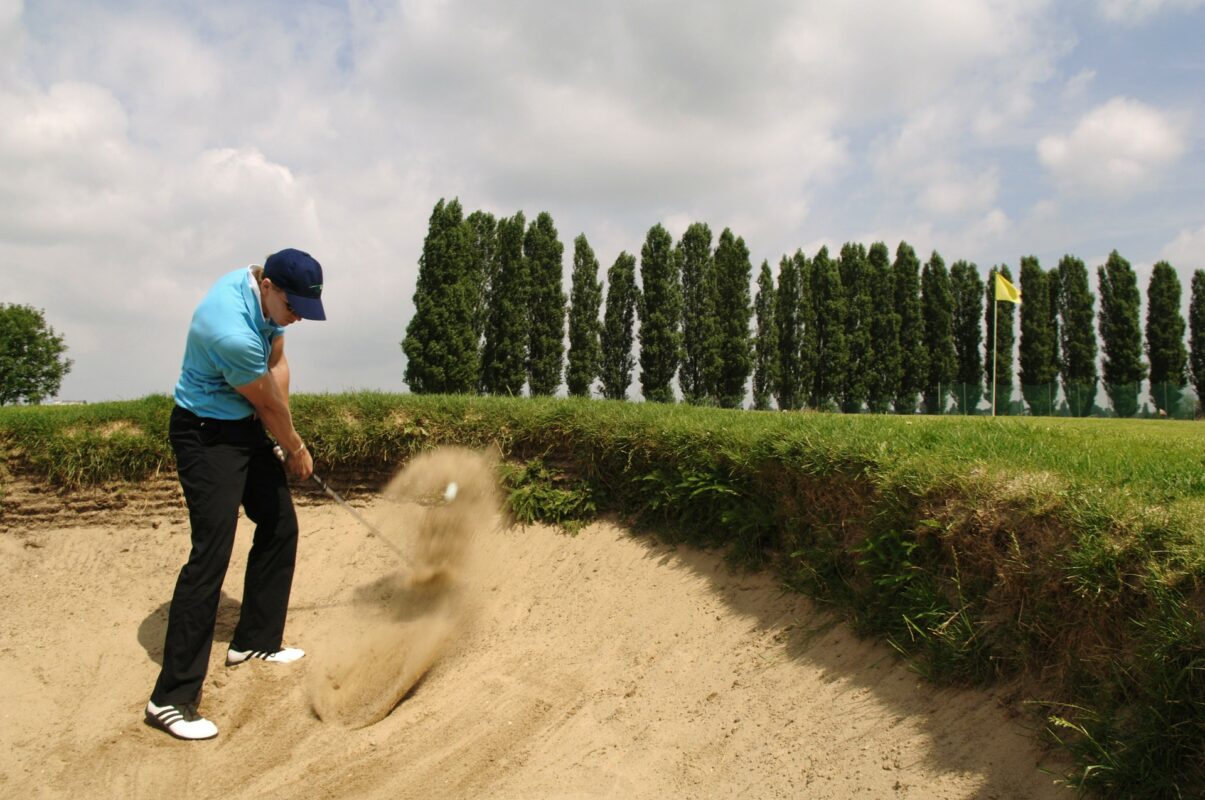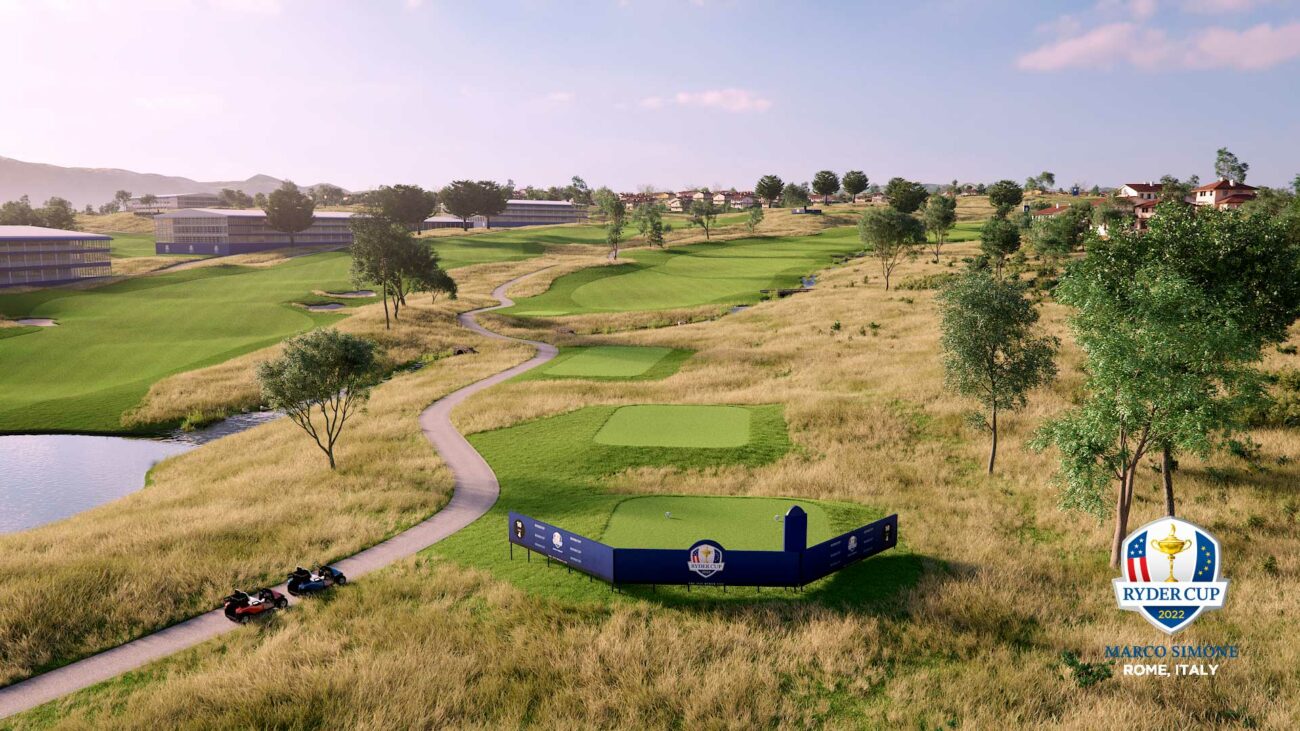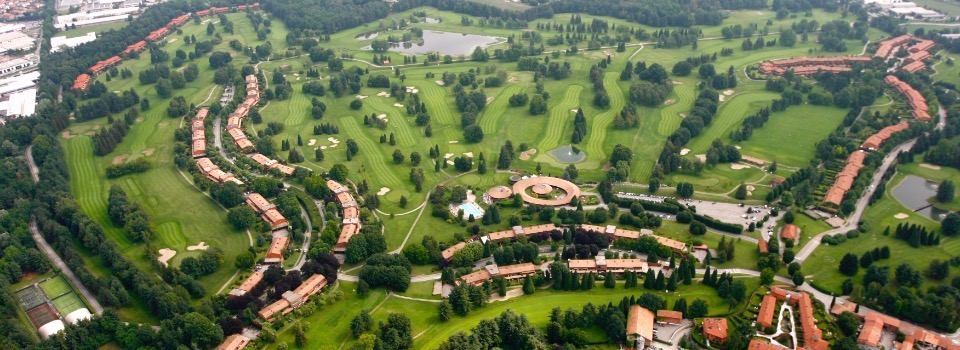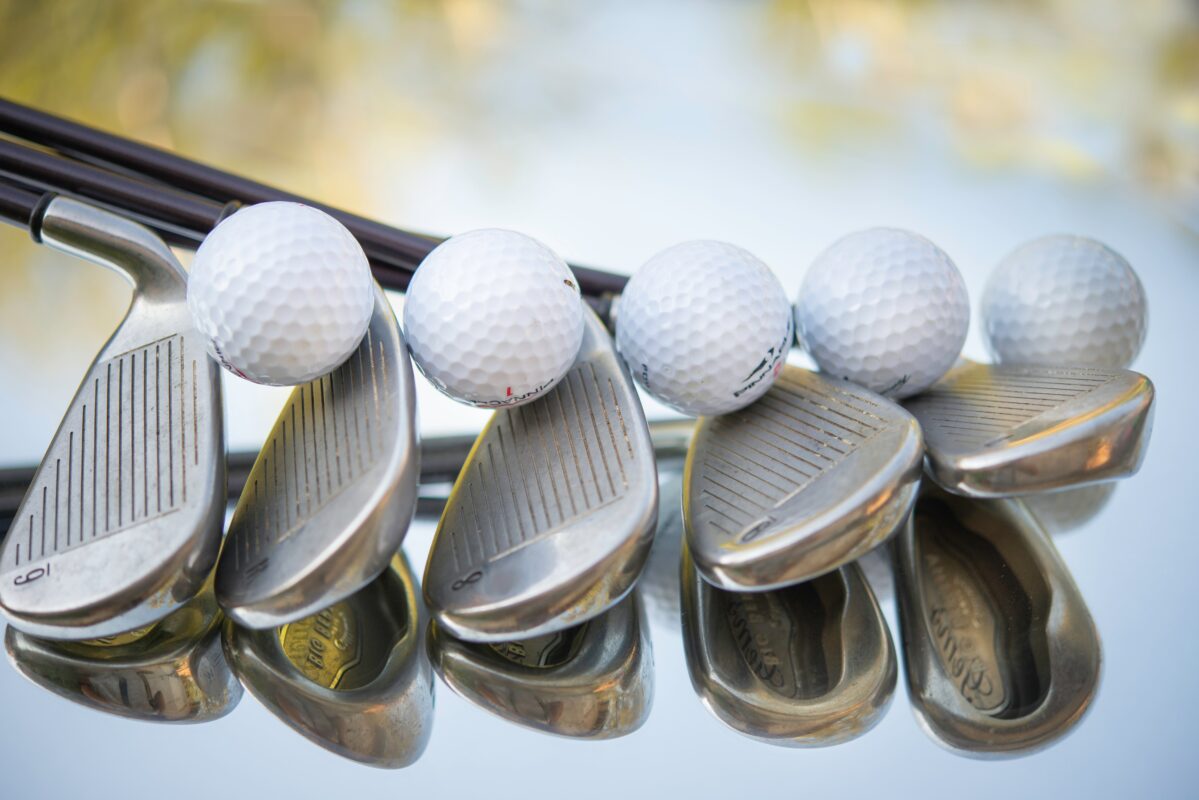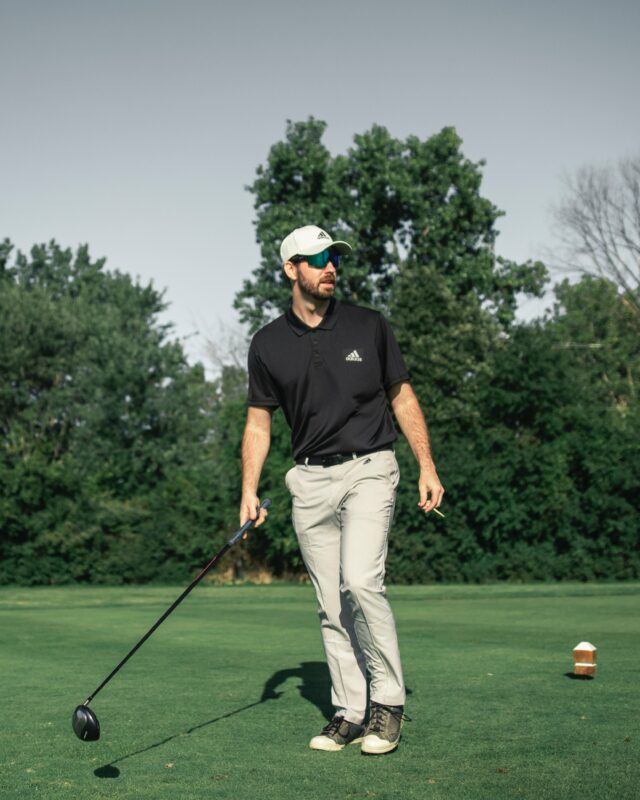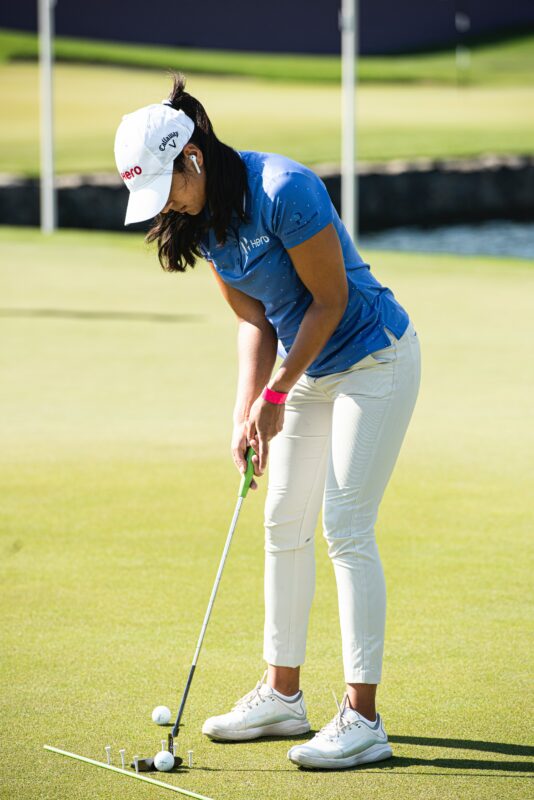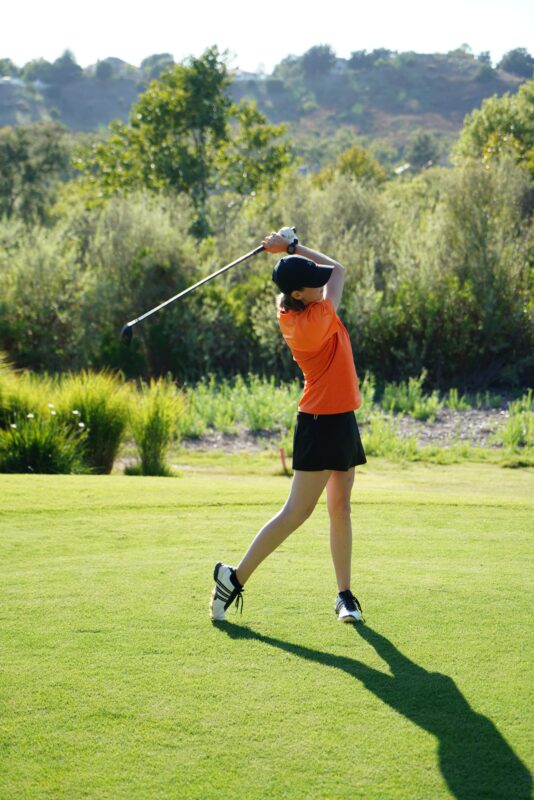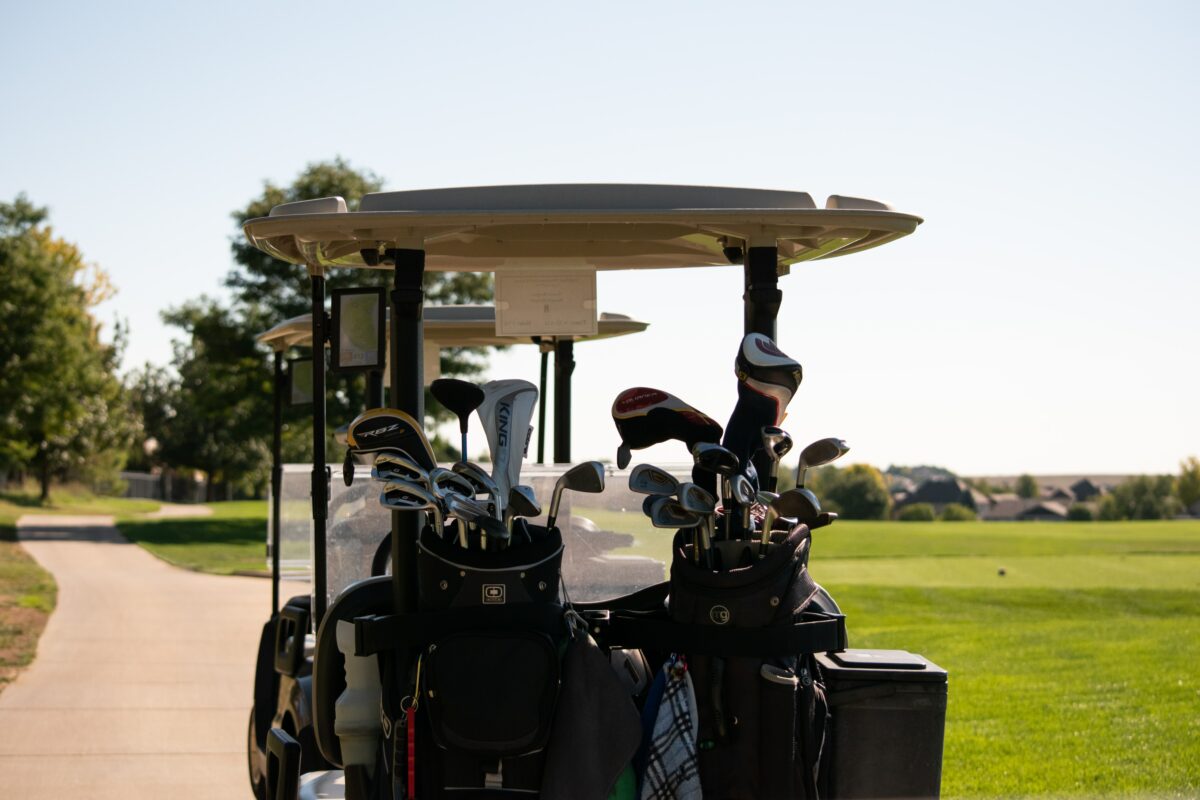Average score: Below 80
If you’re skilled enough to consistently break 80, you’ve got sufficient swing speed to use a less-lofted driver – typically between 9° – 10.5° – and still achieve ample height and distance. Another factor is driver MOI (Moment of Inertia). The higher a club’s MOI, the more forgiving it is on off-center strikes… but the harder it will be to work (curve) the ball to the left or right. That’s why highly skilled players often go with lower-MOI drivers.
The same holds true when selecting irons. Today, even the best golfers often opt for cavity-back clubs vs. traditional blades or “musclebacks.” That wasn’t always the case; while cavity backs have always been more forgiving on miss-hits, better players believed they lacked the feel and workability of a blade. These days, though, many clubmakers offer forged irons in cavity-back designs, greatly improving feel and workability over the cast irons of yesteryear.
Lower handicappers, along with pros, are the only golfers who should consider carrying long irons (2 through 4) instead of hybrid clubs. Yet many excellent players opt for hybrids because they’re easier to hit and more versatile than the irons they replace.
Golf Alpha Travel Cover Ogio New
MK LITE LCX New junior golf bag
Average score: 80 to 90
Shooting in the 80s means you’re pretty skilled, but you probably swing slower than a low-handicapper and suffer more miss-hits. In that case, a driver with higher MOI and more loft (think 10.5° – 12°) will produce better height, carry distance and overall accuracy.
Cavity-back irons with slightly larger heads will deliver similar benefits vs. forged blades. You’ll sacrifice some ability to hit draws and fades, but your misses will travel farther and straighter. And there’s little reason to carry an iron stronger than a 4- or 5-iron; hybrids will produce much more consistent results from the tee, fairway and rough.
Golf Alpha Travel Cover Ogio New
MK LITE LCX New junior golf bag
Average score: Over 90
Golfers with higher handicaps tend to hit shorter and less accurate from tee to green. Hence, “super game improvement” clubs are recommended. For the driver, that means lots of loft (12° – 14°) and a clubhead that maxes out on size (460cc) and MOI.
Blade-style irons should be out of the question. Instead, look for maximum game improvement in “oversized” cavity backs. Along with a high MOI, these typically feature an extremely low CG (Center of Gravity) to help you get the ball in the air.
Your longest iron should be a 5-iron, or possibly a 6, with hybrids filling the gap between your irons and longest fairway wood.
Golf Alpha Travel Cover Ogio New
MK LITE LCX New junior golf bag
Shot Tendency
The next factor to consider is the direction and height of your typical shot. The majority of golfers hit a left-to-right fade or slice; a small percentage usually hit a right-to-left draw or hook. Shot trajectory varies, with higher handicappers often hitting low drives and better players getting more height.
Fortunately, modern clubs – specifically the driver, fairway woods and some hybrids – offer adjustable clubheads. These let you fine-tune your clubs to compensate for your common miss-hit, or to promote a particular trajectory and shot shape. For instance, a golfer who suffers from a slice can adjust his driver to the “draw position,” which moves weight to make it easier to square the face at impact. Another golfer might change the loft or CG settings to create a higher or lower ball flight.
Swing Speed
Another key in choosing the right equipment is your swing speed (aka clubhead speed). This is the No. 1 factor in determining which shaft flex will optimize the distance, trajectory and backspin rate you get from each club.
In general, the faster you swing, the stiffer your shafts should be. Slower swingers should use more flexible shafts, which can help add distance and height. This chart is a good starting point:
If You Can Hit 140 m with a... | Then Your Optimal Shaft Flex Is... |
PW or 9-Iron | Extra Stiff Flex (X) |
9-Iron | Stiff Flex (S) |
6- or 7-Iron | Regular Flex (R) |
5-Iron/Hybrid or 4-Iron/Hybrid(Male or Female) | Senior Flex (A/M) |
Any Iron/Hybrid lower than 4 or any Fairway Wood (Females or Juniors) | Ladies Flex (L) |
Distance by Club Type
"Why do I need so many different Clubs?" One of the primary reasons is that they hit different distances.
See the chart below for average distances by club type of PGA and LPGA players.
| ||
Club | PGA Tour Average Distance | LPGA Tour Average Distance |
Driver | 265 - 330 m | 225 - 236 m |
3 Wood | 222 - 278 m | 178 - 198 m |
5 Wood | 210 - 263 m | 169 - 187 m |
Hybrid | 233 - 251 m | 164 - 177 m |
3 Iron (M) / 7 Wood (F) | 194 – 242 m | 159 - 169 m |
4 Iron | 185 - 232 m | 155 - 165 m |
5 Iron | 177 - 222 m | 147 - 158 m |
6 Iron | 167 - 209 m | 139 - 149 m |
7 Iron | 157 – 197 m | 129 - 141 m |
8 Iron | 146 - 183 m | 130 - 143 yds |
9 Iron | 135 - 169 m | 109 - 121 m |
PW | 124 - 155 m | 98 - 111 m |

